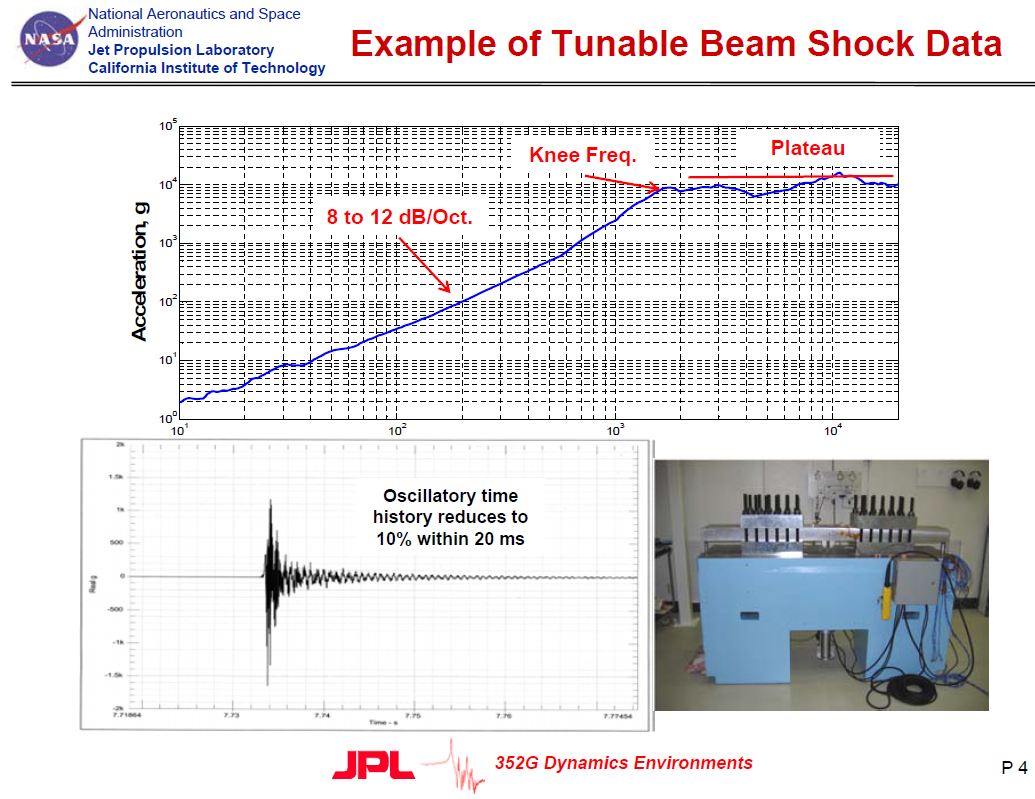
Figure 1. Boeing 787 Aircraft
Carbon fiber/epoxy laminates are widely used in aeronautic and aerospace structural components mainly because of their excellent specific mechanical properties. These laminates show mechanical properties similar or higher than the conventional metallic materials in terms of strength-to-weight and stiffness-to-weight ratios. The laminates also have higher corrosion resistance.
But the composite laminates may suffer damage during their manufacture, assembly, maintenance or service life, caused by different types of impact, of which low-energy impact is considered the most dangerous because it may not be apparent in a routine visual inspection of the impacted surface.
The impact could result from something as simple as a technician dropping a tool on the laminate surface or from flying debris.
Delamination within composite components is probably the most serious problem, given the difficulty of its visual detection and the extent to which it lowers the mechanical properties. The greatest reduction is that of the compression strength which may be reduced by 60% relative to an undamaged component’s strength.
So damage tolerance is an important factor in the design of aeronautic and aerospace components made of laminated materials. Damage tolerance in laminates is usually studied by determining the effect of different impact energies on their residual strength. The compression after impact (CAI) test is used to test components damaged by low energy impact.
There is a two-step test for assessing potential damage to laminates using small specimen plates. The first step is do induce damage using an impact. This is followed by a compression test of the damaged specimen.

Figure 2. Specimen Mounted in Fixture prior to Drop Weight Impact Damage

Figure 3. Zwick/Roell HIT230F Drop Weight Tester – Pre-damaging Fiber Composites for CAI Tests
Most of the tests to generate laminate damage are done with a drop weight tower testing device that reproduces the impact of a large mass at relatively low velocity (a few meters per second). The test machine in Figure 3 can apply impacts with energy levels up to 230 Joules (170 foot-pounds force).
The size of the specimen and the clamping system vary from one study to another but the devices and the procedures are similar.

Figure 4. Specimen Compression Test
The CAI test measures the residual strength of a composite laminate after being damaged by impact. The CAI fixture has adjustable side plates to accommodate for both variations in thickness and overall dimension. The fixture was originally designed by Boeing and outlined in specification BSS 7260. The fixture with the specimen is tested in either an electromechanical or servohydraulic test machine. The compression load is increased until the specimen fails. The typical failure mode is progressive delamination between plies with local buckling.
The CAI fixture frame is designed so that the specimen does not undergo global buckling. The frames vary according to the standard:
- ASTM, Boeing, SACMA and DIN: All four sides are guided, but not gripped.
- ISO, EN and Airbus standards: The upper and lower ends of the specimen are gripped. The sides are guided with linear contact.
* * * * *
Reference: Compression after Impact of Thin Composite Laminates
ASTM D7136 / D7136M – 15
Standard Test Method for Measuring the Damage Resistance of a Fiber-Reinforced Polymer Matrix Composite to a Drop-Weight Impact Event
ASTM D7137 / D7137M – 12
Standard Test Method for Compressive Residual Strength Properties of Damaged Polymer Matrix Composite Plates
Boeing, Advanced composite compression test. Boeing Specification Support Standard BSS 7260; 1988.
NASA-STD-5019A, NASA Technical Specification: Fracture Control Requirements for Spaceflight Hardware
Nettles, Damage Tolerance of Composite Laminates from an Empirical Perspective
DOT/FAA/AR-10/6, Determining the Fatigue Life of Composite Aircraft Structures Using Life and Load-Enhancement Factors
* * * * *
Composite Material Fatigue Notes

Examples of failures following fatigue testing: (a) positive stress ratio (R = 0.05) and (b) negative stress ratio (R = -0.5).
The tensile ultimate strength obtained for woven balanced bidirectional laminated carbon/epoxy composites is significantly higher (about 69%) than the compressive ultimate strength. Under tensile loading the composites exhibit brittle behavior, while in compressive tests some nonlinear behavior was observed, which may be consequence of progressive fiber buckling.
P.N.B. Reis, J.A.M. Ferreira, J.D.M. Costa, M.O.W. Richardson, Fatigue life evaluation for carbon/epoxy laminate composites under constant and variable block loading, Composites Science and Technology 69 (2009) 154–160 Link
* * * * *
The stress ratio R = (min stress)/(max stress)
Rosenfeld and Huang conducted a fatigue study with different stress ratios to determine the failure mechanisms under compression of graphite/epoxy laminates and showed that Miner’s rule fails to predict composite fatigue under spectrum loading.
Rosenfeld, M.S. and Huang, S.L., “Fatigue Characteristics of Graphite/Epoxy Laminates Under Compression Loading,” Journal of Aircraft, Vol. 15, No. 5, 1978, pp. 264-268.
* * * * *
A study conducted by Agarwal and James on the effects of stress levels on fatigue of composites confirmed that the stress ratio had a strong influence on the fatigue life of composites. Further, they showed that microscopic matrix cracks are observed prior to gross failure of composites under both static and cyclic loading.
Agarwal, B.D. and James, W.D., “Prediction of Low-Cycle Fatigue Behavior of GFRP: An Experimental Approach,” Journal of Materials Science, Vol. 10, No. 2, 1975, pp. 193-199.
* * * * *
Fatigue Failure in Fiber Reinforced Laminate Composites
- matrix cracking
- fiber fracture
- fiber/matrix debonding
- ply cracking
- delamination
- combined effects
* * * * *
– Tom Irvine







